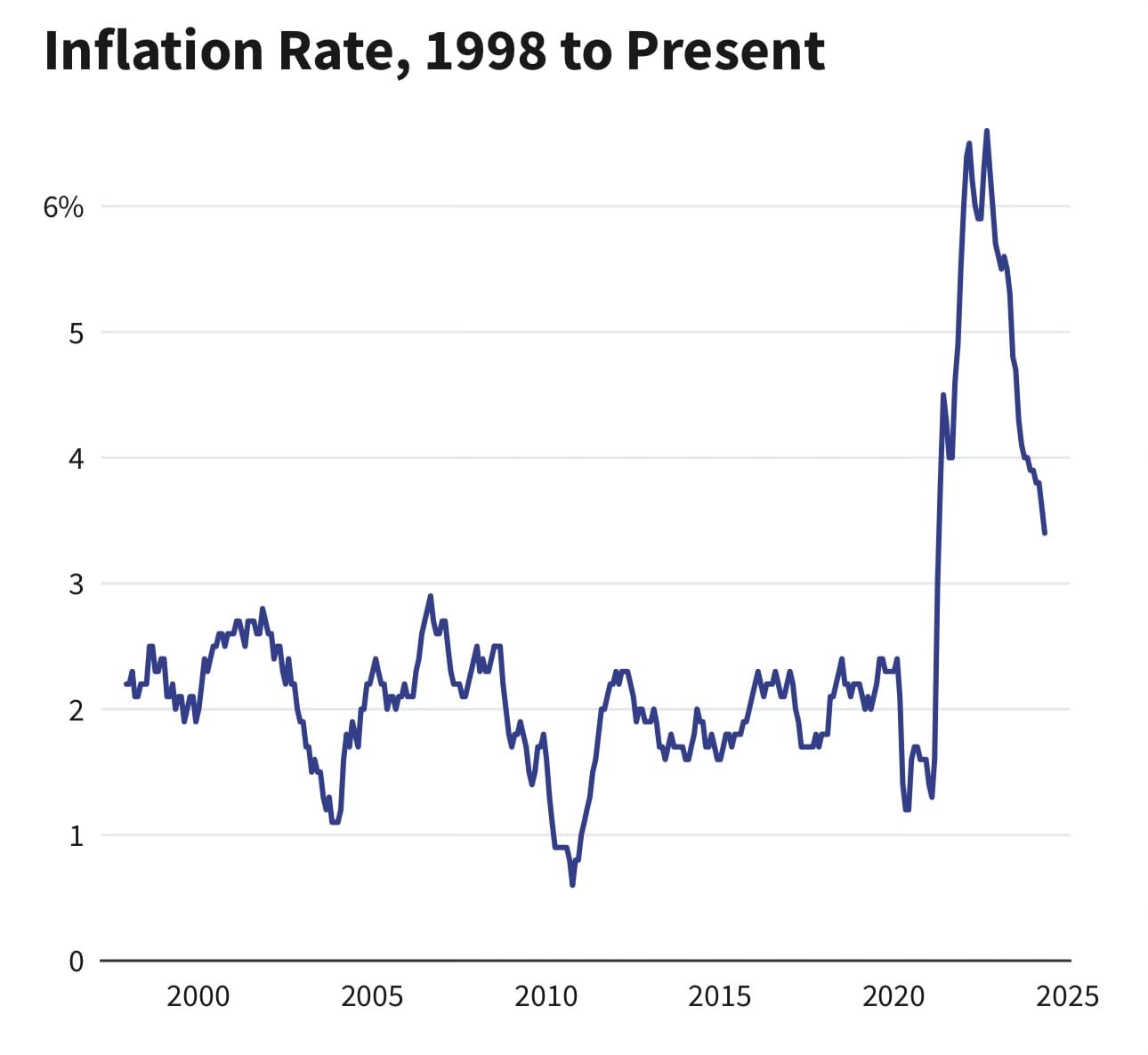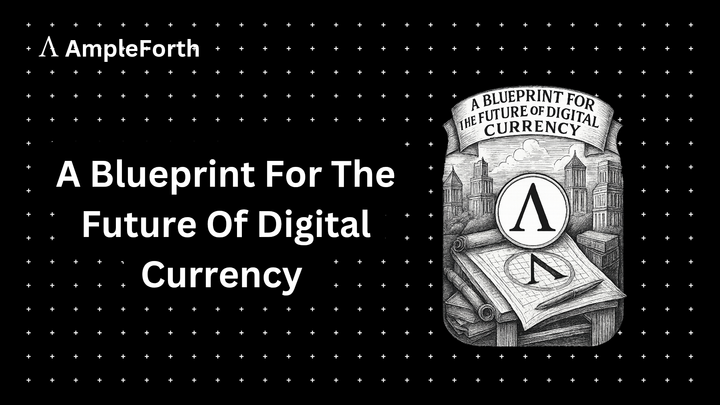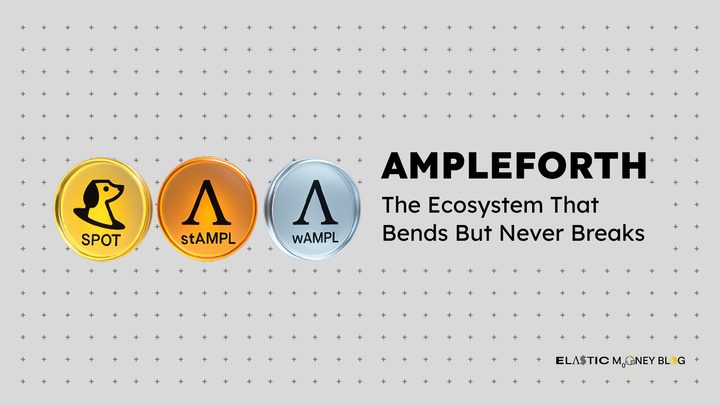The Hidden Cost of Fiat: How Inflation Quietly Drains Your Wealth

Fiat currencies may be the standard of the global financial system, but their most dubious quality is an unseen actuality. Your value and your wealth decrease over time without you knowing it, all thanks to inflation. Since governments can print as much fiat currency as they desire, they can also create inflation; this reduces how much people's money is worth in savings accounts and how much money is worth when earned as wages or received on fixed incomes. This is an unseen cost, paid more by the everyday consumer—especially those without inflation hedges or assets like gold, real estate, or low-volatility crypto.
The Inflation Problem with Fiat Money
Fiat currency isn't valuable in the same way commodity-backed currency is. Instead, it holds value through trust in the central banks and governments that produce it. Yet, as time goes on through inflation, prices rise, and fiat currency purchases less over time. Thus, a fiat stablecoin created to duplicate the par value of fiat does nothing to stave off inflation diminishing purchasing power. This leaves holders vulnerable to the hidden tax inflation imposes on their wealth.

Inflation’s Impact on Savings and Investment
The illusion of inflation operates over time. It changes the value of your savings and investments over time and without you knowing it. Ultimately, this means that things will cost more later, which means cash savings devalue their present or future purchasing power. Thus, money saved now will not be worth as much later.
For instance, if someone puts money into the bank for a "savings" account, and that interest rate is lower than inflation, although the bank pays interest, it does not matter because it translates to negative real returns, and therefore, reduces one's savings. This is especially true with low-risk, low-return investment accounts savings accounts or fixed deposit accounts which never quite keep up with rising costs.

SPOT: A New Class of Low Volatility Asset (LVA)
Ampleforth’s SPOT protocol takes advantage of AMPL's elastic supply and inherent medium volatility to generate a low volatility asset (LVA) from infinitely scalable base money collateral. This is a uniquely positioned asset for spending, saving, and contracting. This is done by making two derivative tranches of AMPL: the senior tranche (SPOT token) receives the low volatility characteristics and protection from the majority of up down price actions; the Junior Tranche (stAMPL) takes on the maximum amount of the volatility of AMPL, essentially a "volatility sponge.
Furthermore, another key feature that helps anchor SPOT's price stability is the protocol's perpetual tranche recycling. All tranches come with an expiration and unless they are redeemed for are rotated, they expire and return to AMPL. Thus, the protocol creates an environment where market participants are incentivized to trade expired tranches for new ones so that SPOT is always overcollateralized with new, stable value assets. This perpetual tranche recycling allows SPOT to avoid disaster in a stressed market as the protocol can bend but not break.
Why Inflation-Resistant LVAs Like SPOT Matter
Unlike traditional stablecoins pegged rigidly to $1, SPOT strives to hold real purchasing power and thus will increase with inflation as opposed to decreasing value over time due to inflation. Furthermore, SPOT is decentralized, and the underlying collateral consists of AMPL derivatives. Thus, the coin escapes centralized reserve risks such as bank runs or governmental regulations.
SPOT is a trustworthy store of value because of low volatility (bounded and manageable), reliable price patterns, decentralized governance and no centralized reserve risks. Thus, SPOT functions as the perfect stable asset that possesses the advantages of low-volatility fiat substitutes and the low-volatility of cryptocurrency by offering a stable, inflation-adjusted asset for investors that operates within a fluctuating crypto world in addition to a hard currency world where cash substitutes are now felting substitutes.
Navigating Inflation
As inflation increasingly impacts savings and investments, the ability to invest passively through time-tested avenues is no longer feasible. Cash positions and low-risk, fixed-income investments merely let people lose their wealth slowly over time. At the same time, equities and commodities provide a hedge against inflation, but at risk and volatility.
For investors seeking stability without sacrificing growth, embracing low volatility assets (LVAs) and inflation-resistant instruments is becoming increasingly essential. Innovations like Ampleforth’s SPOT protocol exemplify this shift by providing a decentralized, transparent, and durable store of value that adapts to inflation rather than being undermined by it.




